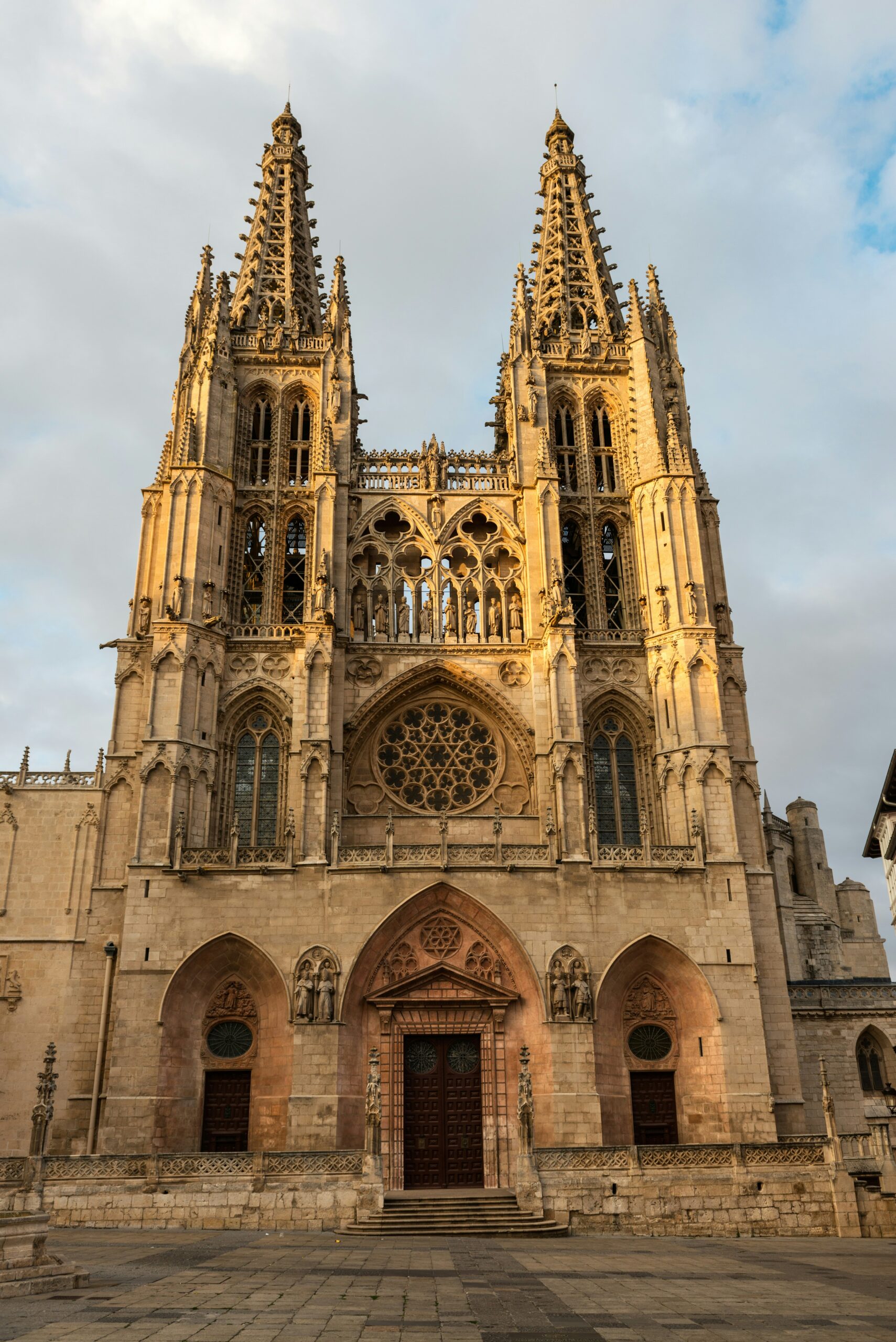The Origins of Gothic Architecture
Gothic architecture traces its roots to France during the early 12th century, gradually spreading across Europe. This style was born out of the need for larger, more luminous churches that could accommodate the growing number of worshippers during the Middle Ages. Abbot Suger, often regarded as the father of Gothic architecture, led the charge with the reconstruction of the Basilica of Saint-Denis near Paris, sparking a movement that would last for centuries.
Key Features in the Early Era
- Pointed Arches: A hallmark of Gothic architecture, these arches distributed weight more effectively, enabling taller and more expansive structures.
- Vaulted Ceilings: Flying buttresses and ribbed vaults transformed interior spaces, allowing for larger windows.
- Stained Glass Windows: These were not only beautiful but also educational, telling biblical stories to largely illiterate populations.
Notable example: The Notre-Dame Cathedral in Paris showcases these early features, serving as a bridge between early and high Gothic styles.
The Evolution of Cathedrals and Spires
From Strength to Elegance
As the Gothic style evolved, architects began integrating more intricate designs. The race to build taller and more magnificent structures led to architectural marvels like Salisbury Cathedral in England, which boasts the tallest spire in the UK.
Examples of Famous Spires
| Cathedral | Location | Height | Year Built |
|---|---|---|---|
| Notre-Dame | Paris, France | 69 m | 1163 – 1345 |
| Salisbury Cathedral | England | 123 m | 1220 – 1258 |
| Cologne Cathedral | Germany | 157 m | 1248 – 1880 |
| Chartres Cathedral | France | 115 m | 1194 – 1250 |
| Milan Cathedral | Italy | 108 m | 1386 – 1965 |
| St. Stephen’s Cathedral | Vienna, Austria | 136 m | 1147 – 1160 |
| Lincoln Cathedral | England | 160 m (once the tallest) | 1185 – 1311 |
The Significance of Gothic Architecture
Gothic architecture held a dual purpose—its grandiosity drew worshippers closer to the divine and asserted the wealth and influence of the church. The meticulous details embedded in these structures, from the whimsical gargoyles to elaborate frescoes, are a testament to the skill and creativity of medieval artisans.
Icons of Innovation
- Flying buttresses, which allowed buildings to stand taller than previously imagined.
- Rose windows, such as the one at the Chartres Cathedral, which demonstrate unparalleled craftsmanship.
- Ornate altars and statues that fostered both reverence and storytelling.
Actionable Tips for Appreciating Gothic Architecture
- Visit the Sites: Make a list of famous Gothic cathedrals and plan visits to immerse yourself in their history and beauty.
- Read Historical Context: Learn about the social and religious factors driving its development.
- Understand Key Features: Look out for pointed arches, ribbed vaults, and flying buttresses during your visits.
- Compare Regional Styles: Note how Gothic architecture varied across countries, such as the ornate Italian Gothic, or the Simplistic English Gothic.
- Join a Discussion Forum: Engage with other history and architecture enthusiasts online to share insights and recommendations.
Frequently Asked Questions (FAQs)
What defines Gothic architecture?
Gothic architecture is known for its pointed arches, ribbed vaults, stained glass windows, and flying buttresses, designed for scale and light.
When did Gothic architecture begin?
It originated in France in the 12th century and flourished across Europe for centuries.
Which is the tallest Gothic cathedral?
The Cologne Cathedral, at 157 meters, holds the title of the tallest Gothic cathedral.
Discover the Timeless Beauty of Gothic Architecture
Gothic architecture is more than a style; it’s a statement of human ingenuity, resilience, and creativity. By understanding its origins and evolution, we can better appreciate the legacy it left behind and the lessons it continues to teach modern architects and art enthusiasts. The next time you find yourself standing beneath a soaring spire or gazing up at a luminous rose window, take a moment to reflect on the profound history and craftsmanship these marvels embody.
Want to learn about other architectural styles or more historical insights? Subscribe to our newsletter for regular updates and insights!




Leave a Reply